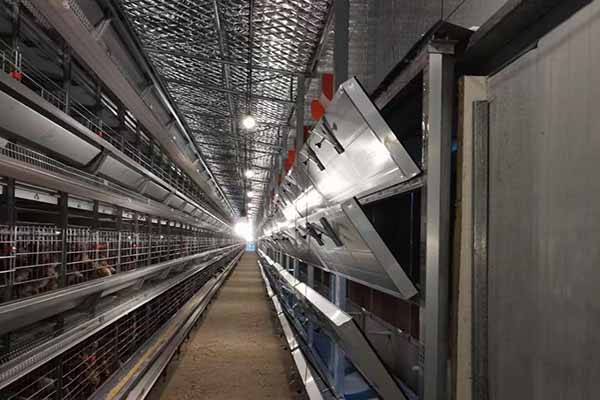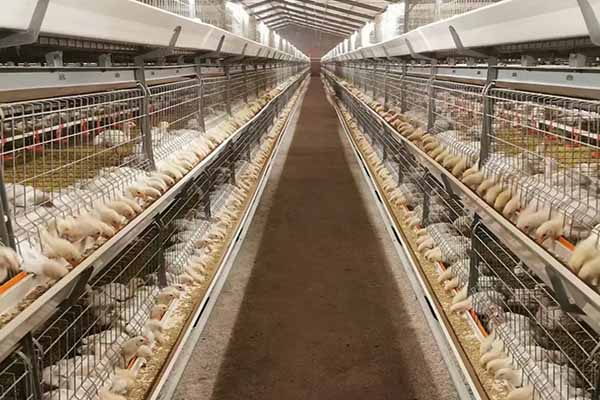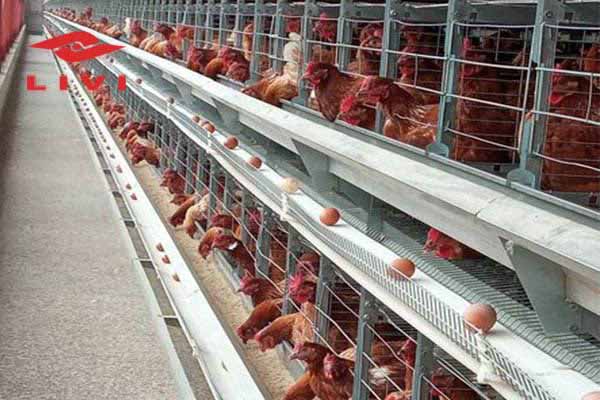What’s the Environmental Impact of Cage Systems in Poultry Farming?
Cage systems have long been a staple in poultry farming, providing a structured and efficient way to raise chickens. However, the environmental impact of these systems has become a topic of significant concern. This article delves into the various aspects of the environmental footprint of cage systems in poultry farming, with the aim of providing a comprehensive understanding for poultry farm owners and investors.

Primary Environmental Concerns with Cage Systems
- Air Quality: Confined spaces can lead to higher ammonia levels, contributing to poor air quality and potential health risks for both chickens and humans.
- Waste Management: Concentrated waste in cage systems can lead to ground and water pollution, as well as an increased need for manure management.
- Resource Usage: High energy consumption for climate control and lighting, along with the materials required for cage construction, contribute to resource depletion.
Data-Driven Insights
According to a study by the Poultry Science Association, cage systems can produce approximately 10-30 kg of manure per chicken per year, which is a substantial amount when considering the scale of commercial poultry farming. Furthermore, the energy needed to maintain ideal temperatures and lighting can be up to 10% of a poultry farm’s total energy consumption.
poultry farming. Furthermore, the energy needed to maintain ideal temperatures and lighting can be up to 10% of a poultry farm’s total energy consumption.
| Factor | Average Impact |
|---|---|
| Manure Production (kg/chicken/year) | 20 |
| Energy Consumption for Climate Control (%) | 10 |
| Carbon Footprint (kg CO2e) | 1.5 |
Alternatives and Mitigation Strategies
Several strategies can be implemented to mitigate the environmental impact of cage systems:
- Improved Airflow: Enhancing ventilation in cage systems can help reduce ammonia levels and improve air quality.
- Biofilters: Using biofilters can help manage ammonia emissions and reduce pollution.
- Recycling Systems: Developing systems to recycle manure and water can significantly reduce waste and pollution.
Investing in advanced technologies and sustainable practices can lead to significant reductions in the environmental impact of poultry farming.
Conclusion
The environmental impact of cage systems in poultry farming is a complex issue that requires careful consideration. While cage systems offer efficiency and structure, the potential negative environmental effects cannot be ignored. As an industry professional, staying informed about these challenges is crucial. We invite potential clients to leave comments below for any questions they may have. Discover how LIVI MECHANICAL can provide innovative solutions with our free poultry farm design plans and equipment quotes.





